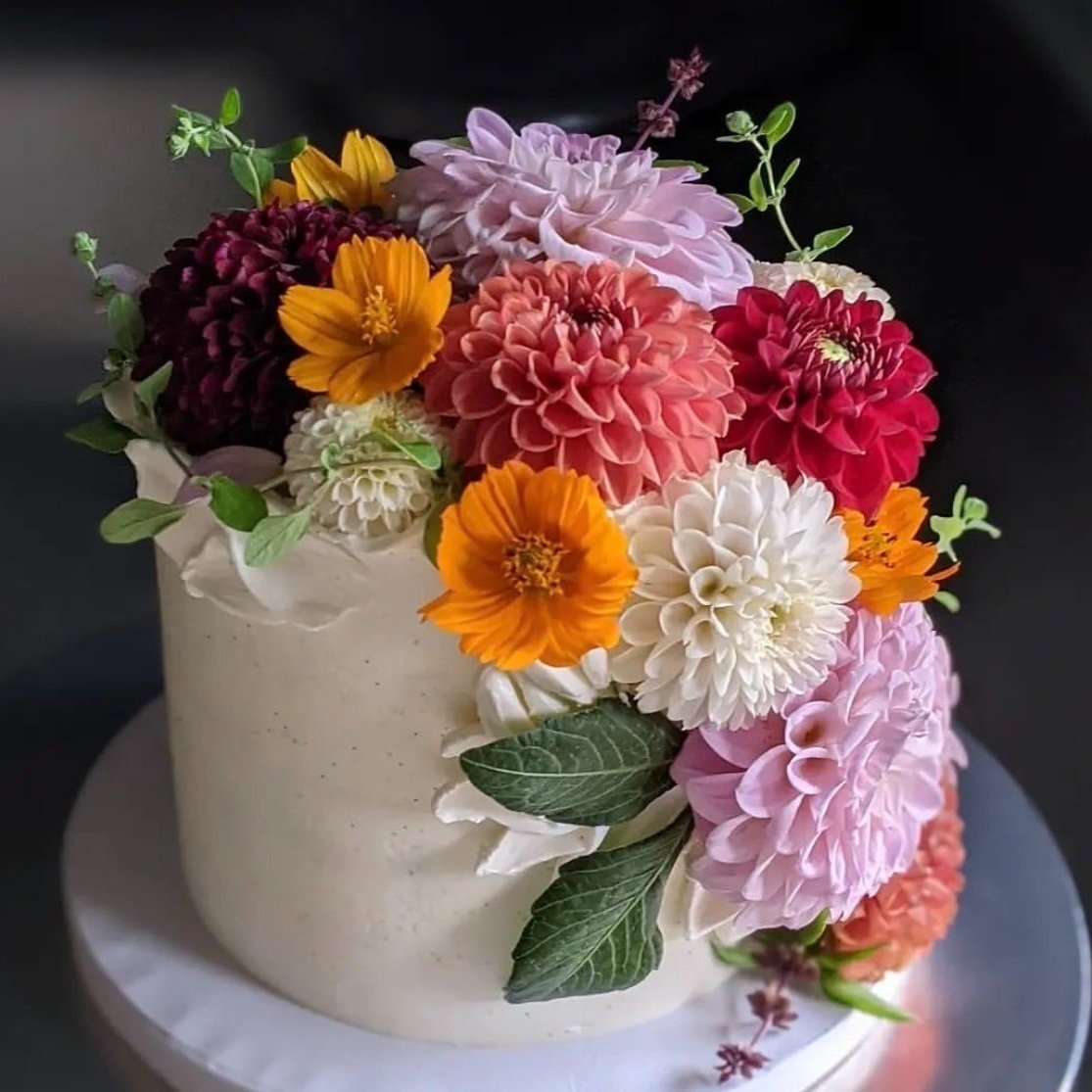Let Them Eat Flowers
Cake by Petal and Moon Pastries featuring The Roof Crop's Dahlias and Basil blooms
The average wedding produces hundreds of pounds of garbage and approximately 60 tons of CO2 – not quite the impact you want to make on your big day. Zero-waste alternatives to single-use products can reduce your wedding’s environmental effects, without much added effort. Swap out plastic cake toppers and cocktail garnishes for sophisticated – and delicious – edible blooms that compliment your wedding décor. Consumed or composted, every edible flower is also harvested from a CO2-busting plant, that often blooms more each time flowers are picked.
Flowers are like berries – some are nutritious and delicious, while others are toxic. Purchase yours from a reputable farm or farmers market and if you’re foraging remember to check published lists for safety. From tiny Chickweed blooms measuring only an eighth of an inch in diameter to Café-au-Lait Dahlias that grow to the size of a dinner plate, edible flowers come in all shapes and sizes.
Some of The Roof Crop’s favorites include Anise Hyssop, Bachelor Button, Celosia, Cosmo, Coreopsis, Dahlia, Goldenrod, Lavender, Marigold, Nasturtium, Viola, Snapdragon, Tulips, Yarrow, and Zinnia.
Cocktail by H201 featuring The Roof Crop's Coreopsis and Anise Hyssop
Most cut flowers you’ll find at the grocery store are sprayed with pesticides, fungicides, and other harmful chemicals that should not be ingested.
Look for organic blooms labeled as “edible” from local growers for the best quality and largest variety. Your caterer and florist will know local farms like The Roof Crop, that grow an assortment of edible flowers.
The Roof Crop grown Dahlias and Mint stems on their way to a local bakery
The date of your wedding will dictate the varieties of fresh flowers available in your climate. Pesticide-free Tulips will be hard to find in a Mid-Western October and Sunflower petals won’t be ready for harvest in May. Some blooms, like orchids and violas, can be sourced year-round but may not be grown locally. Ask your edible flower vendor for a list of blooms they expect to be harvesting at the time of your wedding to help with your planning.
Dried and pressed flowers are a beautiful alternative to fresh! Some flowers, like Gomphrena and Strawflower, hold their bright colors during the preservation process, while others take on more muted tones that may compliment soft décor tones perfectly. Dried flower petals are a stunning bio-degradable confetti alternative!
Cake by Big Delicious Planet featuring The Roof Crop's dried dahlias and pressed violas
Cocktail by Queen Mary Tavern featuring The Roof Crop's dried gomphrena





